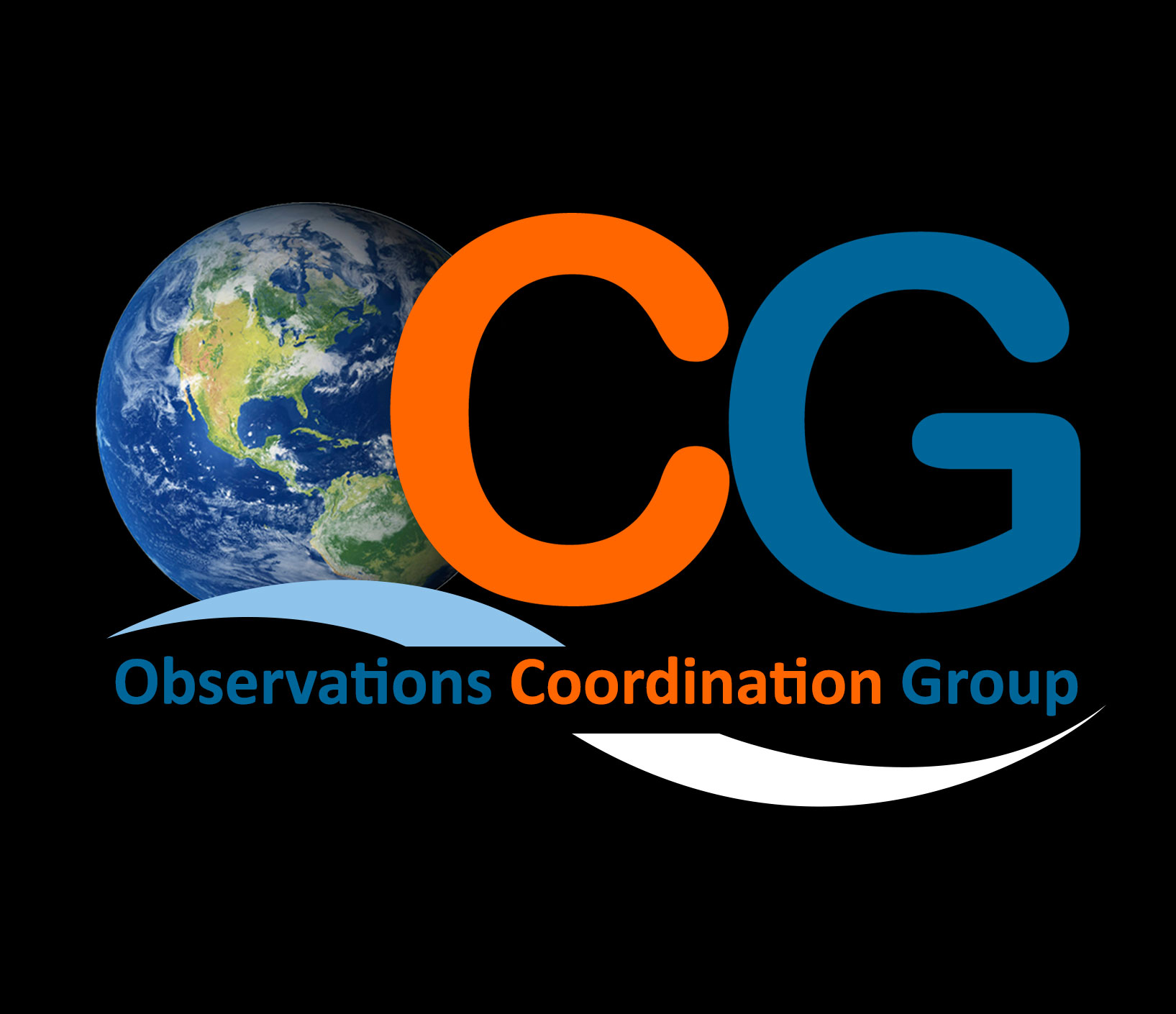
Easier Access To GOOS Data

Brought to you by GOOS OCG
 |
ERDDAP
Easier Access To GOOS Data |
| 
Brought to you by GOOS OCG |
| griddap | Subset | tabledap | Make A Graph | wms | files | Title | Summary | FGDC | ISO 19115 | Info | Background Info | RSS | Institution | Dataset ID | |
|---|---|---|---|---|---|---|---|---|---|---|---|---|---|---|---|
| https://osmc.noaa.gov/erddap/tabledap/drifter_6hour_qc.subset | https://osmc.noaa.gov/erddap/tabledap/drifter_6hour_qc | https://osmc.noaa.gov/erddap/tabledap/drifter_6hour_qc.graph | Global Drifter Program - 6 Hour Interpolated QC Drifter Data | Global Drifter Program 6-hourly drifting buoy collection. Quality control krigged (interpolation method) data. 6-Hour Drifter data product exists from 1979 to present, well suited for observing larger-scale oceanic processes. NOAA-Atlantic Oceanographic & Meteorological Laboratory (AOML) data from a local source. The six-hourly QC dataset is updated on a quarterly basis, i.e. every 3 months, in delayed mode. Please reference the acknowledgment attribute to cite the dataset's DOI.\n\ncdm_data_type = Trajectory\nVARIABLES:\nID (Global Drifter Program Buoy ID)\nWMO (World Meteorological Organization buoy identification number)\nexpno (Experiment number, count)\ntime (seconds since 1970-01-01T00:00:00Z)\nlatitude (degrees_north)\nlongitude (degrees_east)\nlon360 (Longitude, degrees_east)\nsst (Sea Surface Bulk Temperature, degree_C)\nerr_sst (degree_C)\nve\nvn\nerr_lat\nerr_lon\ntypebuoy (Buoy type (see https://www.aoml.noaa.gov/phod/dac/dirall.html)) \ndeploy_date (Deployment date and time, seconds since 1970-01-01T00:00:00Z)\ndeploy_lat (Deployment latitude, degrees_north)\ndeploy_lon (Deployment longitude, degrees_east)\nstart_date (First good date and time derived by DAC quality control, seconds since 1970-01-01T00:00:00Z)\nstart_lat (First good latitude derived by DAC quality control, degrees_north)\nstart_lon (First good longitude derived by DAC quality control, degrees_east)\nend_date (Last good date and time derived by DAC quality control, seconds since 1970-01-01T00:00:00Z)\nend_lat (Last good latitude derived by DAC quality control, degrees_north)\nend_lon (Last good longitude derived by DAC quality control, degrees_east)\n... (23 more variables)\n \ndeploy_date (Deployment date and time, seconds since 1970-01-01T00:00:00Z)\ndeploy_lat (Deployment latitude, degrees_north)\ndeploy_lon (Deployment longitude, degrees_east)\nstart_date (First good date and time derived by DAC quality control, seconds since 1970-01-01T00:00:00Z)\nstart_lat (First good latitude derived by DAC quality control, degrees_north)\nstart_lon (First good longitude derived by DAC quality control, degrees_east)\nend_date (Last good date and time derived by DAC quality control, seconds since 1970-01-01T00:00:00Z)\nend_lat (Last good latitude derived by DAC quality control, degrees_north)\nend_lon (Last good longitude derived by DAC quality control, degrees_east)\n... (23 more variables)\n
| https://osmc.noaa.gov/erddap/metadata/fgdc/xml/drifter_6hour_qc_fgdc.xml | https://osmc.noaa.gov/erddap/metadata/iso19115/xml/drifter_6hour_qc_iso19115.xml | https://osmc.noaa.gov/erddap/info/drifter_6hour_qc/index.htmlTable | https://www.aoml.noaa.gov/phod/dac/dirall.html
| https://osmc.noaa.gov/erddap/rss/drifter_6hour_qc.rss | https://osmc.noaa.gov/erddap/subscriptions/add.html?datasetID=drifter_6hour_qc&showErrors=false&email= | NOAA Atlantic Oceanographic and Meteorological Laboratory | drifter_6hour_qc | |||
| https://osmc.noaa.gov/erddap/tabledap/global_daily_rqds.subset | https://osmc.noaa.gov/erddap/tabledap/global_daily_rqds | https://osmc.noaa.gov/erddap/tabledap/global_daily_rqds.graph | JASL/UHSLC Research Quality Tide Gauge Data (daily) | The Joint Archive for Sea Level (JASL) Research Quality Data Set (RQDS) is a collaboration between the University of Hawaii Sea Level Center (UHSLC) and the World Data Center for Oceanography of the National Centers for Environmental Information (NCEI), National Oceanic and Atmospheric Administration (NOAA). The objective of the JASL RQDS is to assemble a well-documented, quality-controlled archive of hourly and daily sea level values that is appropriate for scientific research applications. The JASL RQDS is the largest global collection of quality-controlled hourly sea level data, and ongoing efforts seek to acquire new sites and uncover historic records as available.\n\ncdm_data_type = TimeSeries\nVARIABLES:\nsea_level (relative sea level, millimeters)\ntime (seconds since 1970-01-01T00:00:00Z)\nlatitude (degrees_north)\nlongitude (degrees_east)\nstation_name\nstation_country (station country (ISO 3166-1))\nstation_country_code (station country code (ISO 3166-1 numeric))\nrecord_id (unique identifier for each record (i.e., station and version) in the database)\nuhslc_id (unique station ID number used by the University of Hawaii Sea Level Center (UHSLC))\nversion (station version)\ngloss_id (unique station ID number used by the WMO/IOC Global Sea Level Observing System (GLOSS))\nssc_id (unique station ID code in the Sealevel Station Catalog (SSC) produced by the WMO/IOC Sea Level Monitoring Facility (VLIZ))\ndecimation_method\nreference_code\nreference_offset (millimeters)\n | https://osmc.noaa.gov/erddap/metadata/fgdc/xml/global_daily_rqds_fgdc.xml | https://osmc.noaa.gov/erddap/metadata/iso19115/xml/global_daily_rqds_iso19115.xml | https://osmc.noaa.gov/erddap/info/global_daily_rqds/index.htmlTable | https://uhslc.soest.hawaii.edu/data/
| https://osmc.noaa.gov/erddap/rss/global_daily_rqds.rss | https://osmc.noaa.gov/erddap/subscriptions/add.html?datasetID=global_daily_rqds&showErrors=false&email= | University of Hawaii Sea Level Center | global_daily_rqds | |||
| https://osmc.noaa.gov/erddap/tabledap/global_hourly_rqds.subset | https://osmc.noaa.gov/erddap/tabledap/global_hourly_rqds | https://osmc.noaa.gov/erddap/tabledap/global_hourly_rqds.graph | JASL/UHSLC Research Quality Tide Gauge Data (hourly) | The Joint Archive for Sea Level (JASL) Research Quality Data Set (RQDS) is a collaboration between the University of Hawaii Sea Level Center (UHSLC) and the World Data Center for Oceanography of the National Centers for Environmental Information (NCEI), National Oceanic and Atmospheric Administration (NOAA). The objective of the JASL RQDS is to assemble a well-documented, quality-controlled archive of hourly and daily sea level values that is appropriate for scientific research applications. The JASL RQDS is the largest global collection of quality-controlled hourly sea level data, and ongoing efforts seek to acquire new sites and uncover historic records as available.\n\ncdm_data_type = TimeSeries\nVARIABLES:\nsea_level (relative sea level, millimeters)\ntime (seconds since 1970-01-01T00:00:00Z)\nlatitude (degrees_north)\nlongitude (degrees_east)\nstation_name\nstation_country (station country (ISO 3166-1))\nstation_country_code (station country code (ISO 3166-1 numeric))\nrecord_id (unique identifier for each record (i.e., station and version) in the database)\nuhslc_id (unique station ID number used by the University of Hawaii Sea Level Center (UHSLC))\nversion (station version)\ngloss_id (unique station ID number used by the WMO/IOC Global Sea Level Observing System (GLOSS))\nssc_id (unique station ID code in the Sealevel Station Catalog (SSC) produced by the WMO/IOC Sea Level Monitoring Facility (VLIZ))\ndecimation_method\nreference_code\nreference_offset (millimeters)\n | https://osmc.noaa.gov/erddap/metadata/fgdc/xml/global_hourly_rqds_fgdc.xml | https://osmc.noaa.gov/erddap/metadata/iso19115/xml/global_hourly_rqds_iso19115.xml | https://osmc.noaa.gov/erddap/info/global_hourly_rqds/index.htmlTable | https://uhslc.soest.hawaii.edu/data/
| https://osmc.noaa.gov/erddap/rss/global_hourly_rqds.rss | https://osmc.noaa.gov/erddap/subscriptions/add.html?datasetID=global_hourly_rqds&showErrors=false&email= | University of Hawaii Sea Level Center | global_hourly_rqds |